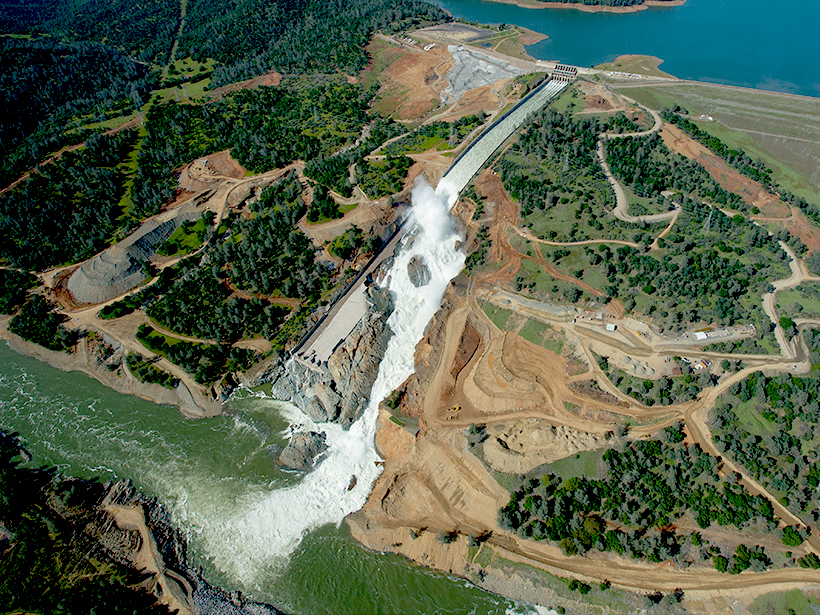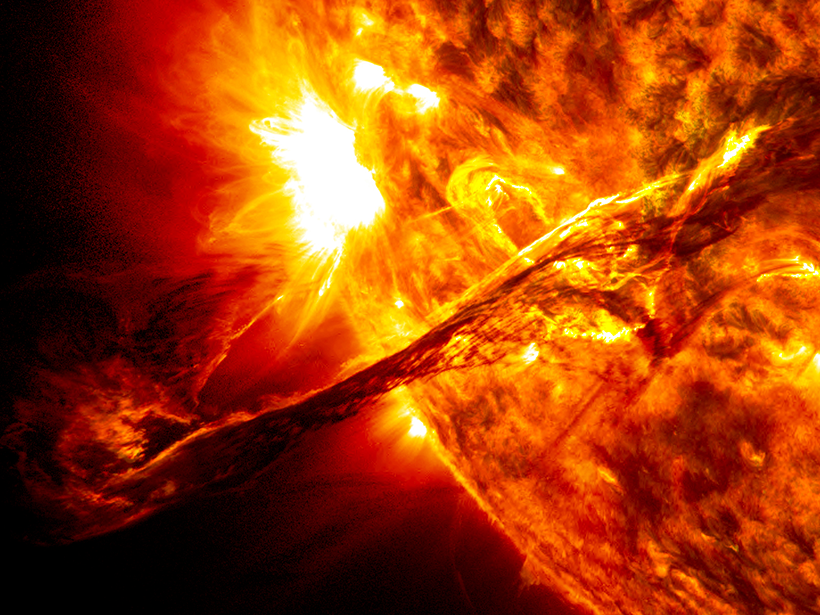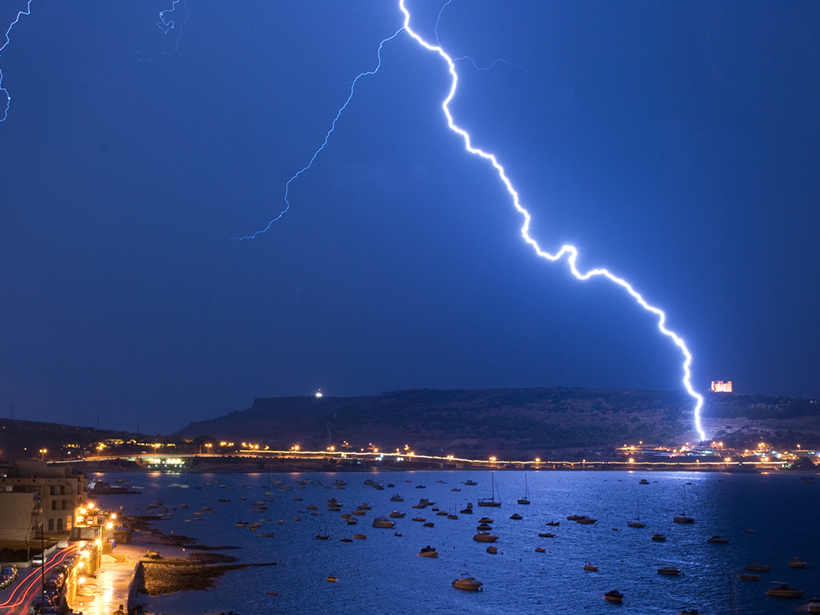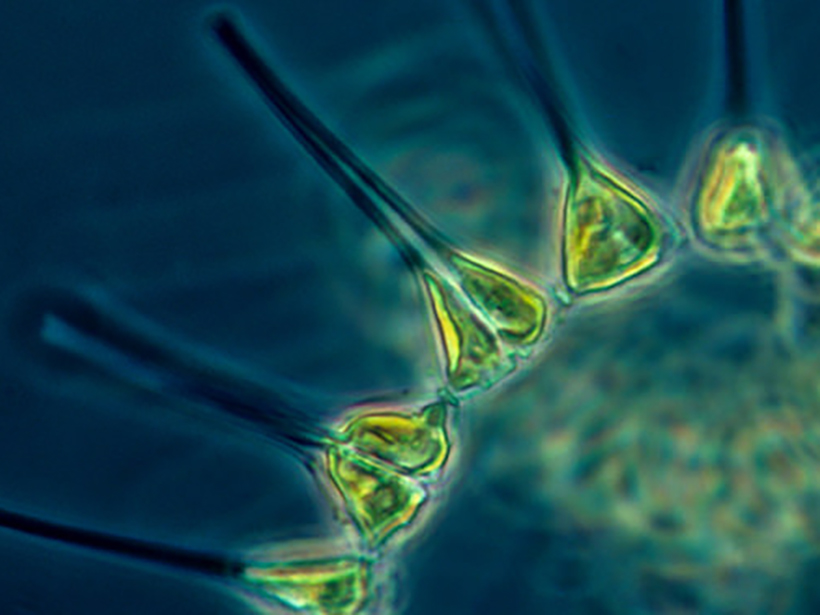The first application of aboveground neutron sensing to evaluate alpine snowpacks indicates that this method can reliably detect average snow depth and water content across intermediate distances.
Research Spotlights
Research spotlights are plain-language summaries of recent articles published in AGU’s suite of 24 journals.
California Floods Linked to Atmospheric Water Vapor “Rivers”
Narrow atmospheric streams of water vapor that deliver heavy rains are more commonly associated with floods and debris flows in northern California than with flash floods in southern California.
A New Baseline to Monitor Earth’s Dynamic Surface
Researchers devise a new mathematical approach to combine space- and ground-based observations into an alternative reference frame for monitoring the changing positions of Earth’s features.
How the Micrometeorology of Alpine Forests Affects Snowmelt
A field study in the Swiss Alps showed considerable spatial and temporal variability in forest air and surface temperatures, with implications for snowmelt models.
The River Basin’s Tale: Carbon Transport Along the Thames
A study finds that population growth during urbanization and World War II–era plowing fed additional carbon into the Thames River Basin.
NASA Fleet Helps Predict Space Weather
Using 8 years of data collected via spacecraft, scientists produce hindcasts of plasma eruptions from the Sun. These will help improve forecasts.
Lightning Strikes May Leave Traces Like Those of Meteorites
Scientists have long interpreted shocked quartz as definitive evidence of a past meteorite impact, but the shock wave caused by lightning striking granite also produces this distinctive feature.
Methane Leaks May Make Natural Gas Worse Than Coal for Climate
The article about which this Research Spotlight was written has been retracted by the authors.
Quiet Volcanic Activity Changes Speed of Ambient Seismic Waves
Seismic data collected continuously for 4 years could improve understanding of geological structures that underlie Japan’s Izu Oshima volcanic island.
World’s Biggest Oxygen Producers Living in Swirling Ocean Waters
Oceanographers probe the impact of deep swirling vortices on phytoplankton.









